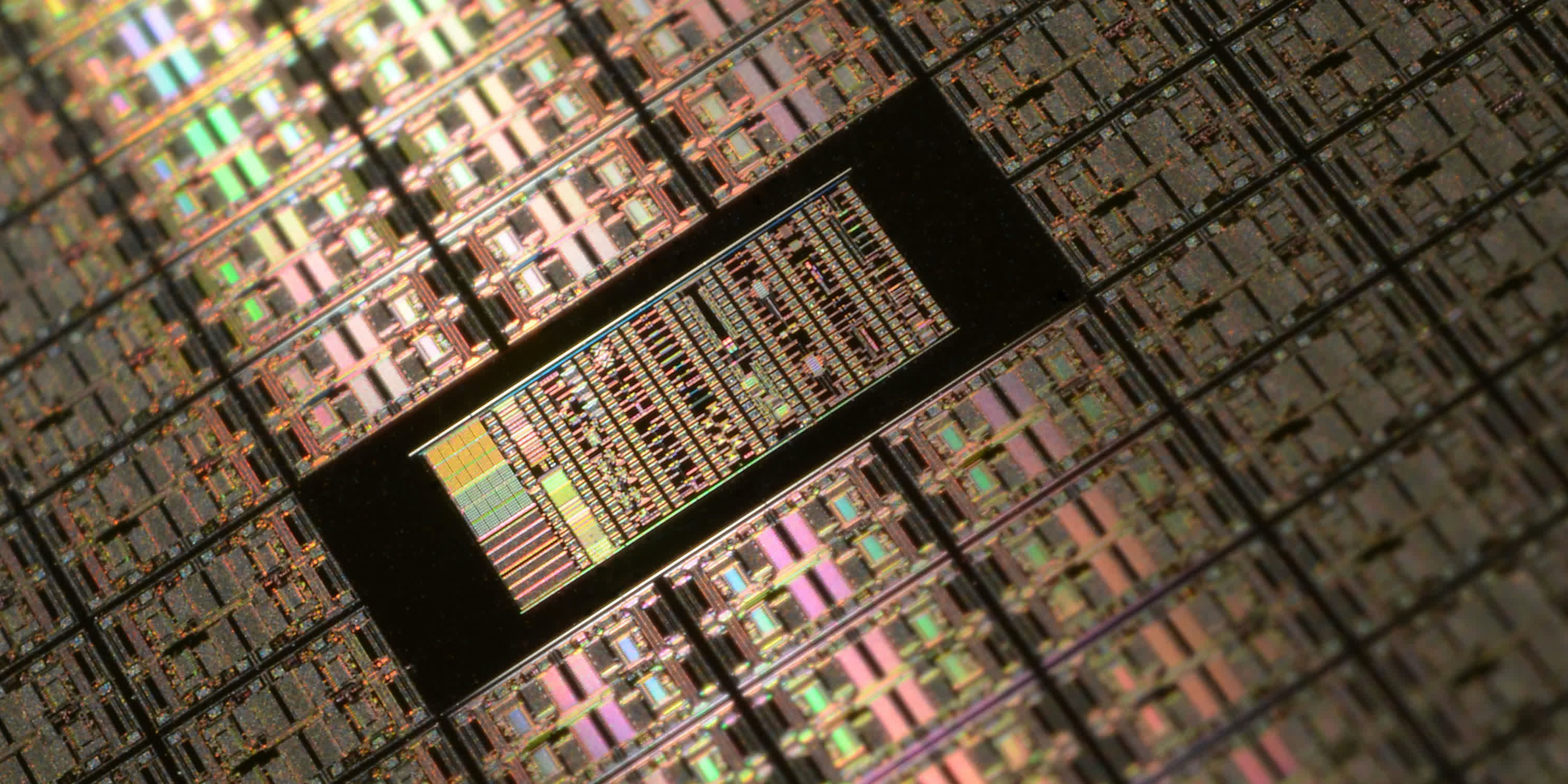Something to look forward to: The fact that Apple's A14 Bionic only brought modest performance improvements over the A13 has led some to believe the smartphone spec war is over. However, Samsung's partnership with AMD may soon bring a mobile chipset that challenges the mobile performance crown for the first time in years.
When Samsung announced the Exynos 2100 mobile platform, it outlined a number of improvements that make it competitive with the new and popular SoC in town – the Qualcomm Snapdragon 888. However, that's because with the new Exynos chip and the Snapdragon 888 bear some similarities in terms of the CPU design, and the South Korean giant has been under significant public pressure to come up with a better chipset of its own or drop the idea altogether from future flagship phones.
Early benchmarks performed using Samsung's new Galaxy S21 Ultra show that there's still a gap in performance between the two chips and that it mostly comes down to the different GPUs, with the Adreno 660 (Snapdragon) showing a 28% lead over the Mali-G78 MP14 (Exynos), albeit at the cost of running hotter. On the other hand, the Exynos 2100 is quite comparable on the CPU front, as it even manages to beat the Snapdragon by a small 4% margin in some tests thanks to slightly higher clocks.
That could mean that given enough effort and resources, Samsung could perfect its design to become competitive even with Apple's A-series SoCs. And since that hinges on integrating a more powerful GPU, that's where its partnership with AMD would become crucial.
The two companies have been silently working on an RDNA-based GPU for smartphones since 2019, and the little benchmark data that fell through the cracks in 2020 showed promising results against Adreno designs at the time.

According to a new leak, Samsung is getting close to releasing an Exynos chip equipped with an RDNA-based GPU, possibly before the end of this year. This is in line with what Samsung had already disclosed on its development schedule, but the more interesting part is that someone was apparently able to benchmark an engineering sample of the upcoming SoC.
This person only performed GPU-specific benchmarks and the results appear to be impressive. When compared to Apple's A14 Bionic, the RDNA SoC almost doubles the GPU performance in the GFXBench Aztec Normal and High School tests. Furthermore, the A14 Bionic manages 120 fps in the GFXBench Manhattan 3.1 test, while the unnamed Exynos SoC achieves around 181 frames per second.
Take these results with the customary grain of salt, but this could mean that future premium Galaxy smartphones will pack some serious GPU performance that will be competitive with Apple's next-gen A15 that is said to power the iPhone 12S lineup. Otherwise, the biggest question mark pertains to the chip's performance per watt, which could be worse on the Exynos chip. If Samsung and AMD can solve that equation, it could give Qualcomm a run for its money, while MediaTek will run for cover.
